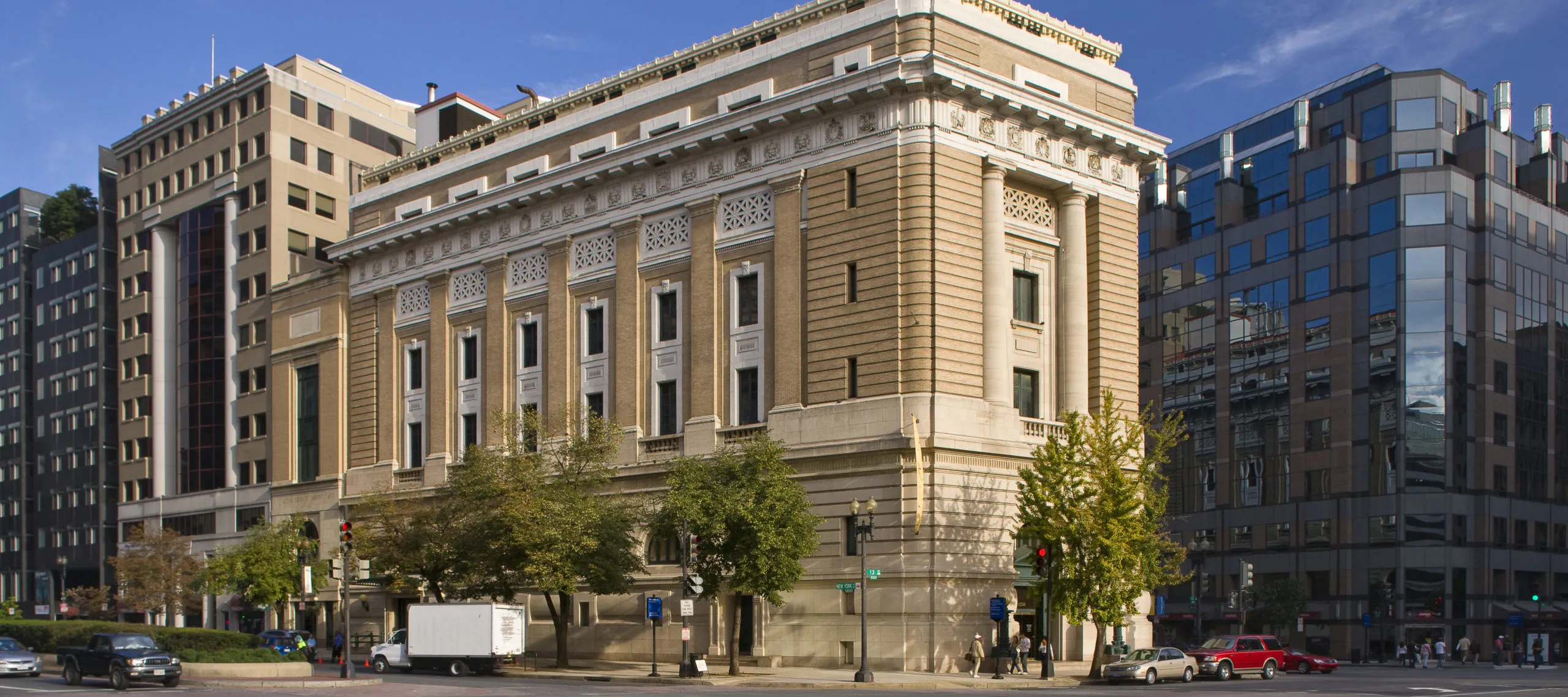The ancient Egyptian civilization has influenced worldwide art and architecture for millennia. Even one of the most recognizable landmarks in Washington D.C., the Washington Monument, is an obelisk, which was prominent in ancient Egyptian architecture. These well-known colossal structures were often commissioned by the pharaoh, and while this was a traditionally male role, there were certain times in Egypt’s history when a queen or princess gained a significant amount of power.
On a few even rarer occasions, a queen was the sole ruler of the Egyptian empire. It was during one of these exceptional periods that what is “considered to be the best preserved example of a New Kingdom funerary temple”¹ was built under the female pharaoh Hatshepsut.
As the daughter of the third pharaoh of the 18th dynasty, Thutmose I, Hatshepsut was born a princess. She later rose from princess to queen when she married her half-brother Thutmose II. During the reign of Thutmose II, Hatshepsut used the traditional descriptions and titles of a queen, including “god’s wife of Amun.” When Thutmose II died, around 1479 BCE, his young son Thutmose III came to the throne, and Hatshepsut became regent.
Though Hatshepsut was effectively ruling from this time, she initially maintained her queenly designations. As her reign went on, she added new titles and was depicted conducting business normally reserved for kings. By the seventh year of their joint rule, Hatshepsut had adopted the titles of a pharaoh, including “King of Upper and Lower Egypt Maatkare.” If she was depicted along with Thutmose III, she always took precedence.
As pharaoh, Hatshepsut was able to embark on an ambitious building program that included constructing new temples throughout the empire as well adding to already established public monuments. One of these projects was her mortuary temple Djeser-Djeseru (“holy of holies”) at the site now known as Deir el-Bahri. Inspired by the earlier temple of Mentuhotep II, the ingenuity of this structure lies in its three colonnaded terraces. The walls of the temple were decorated and inscribed with the stories of Hatshepsut’s divine birth as well as her achievements, and the temple complex included shrines to the gods Hathor, Amun, and Anubis. Hatshepsut’s exact role in the design and development of Djeser-Djeseru is unclear. However, her influence is evident in how its decorations were used to legitimize her position as pharaoh and to emphasize the prosperity of her reign.
Around 1458 BCE, Thutmose III emerged as the sole ruler of Egypt. During his reign, he began to systematically erase Hatshepsut’s time as pharaoh from Egypt’s history. In some cases, her name and statues were completely destroyed, and in others they were recut to represent someone or something else. While the reason for this destruction is unclear, it is unlikely that it was an act of revenge or hatred, since these actions did not occur until later in Thutmose III’s his reign and Hatshepsut’s queenly representations were never touched. Aspects of Hatshepsut’s life and legacy will always remain a mystery, but her actions and contributions to ancient Egyptian art and architecture have made a lasting impact.
Note:
- Penelope J.E. Davies et al., Janson’s History of Art: The Western Tradition, 7th ed. (Upper Saddle River, NJ: Pearson Prentice Hall, 2006), 62.
Bibliography:
- Grimal, Nicolas. A History of Ancient Egypt. Translated by Ian Shaw. Malden, MA: Blackwell Publishing, 1994.
- Hawass, Zahi. Silent Images: Women in Pharaonic Egypt. New York: Harry N. Abrams, 2000.
- Robins, Gay. Women in Ancient Egypt. Cambridge, MA: Harvard University Press, 1993.
- Roehrig, Catharine H., ed. Hatshepsut from Queen to Pharaoh. New York: The Metropolitan Museum of Art, 2005.
- Tyldesley, Joyce. Hatchepsut the Female Pharaoh. London: Penguin Books, 1998.
